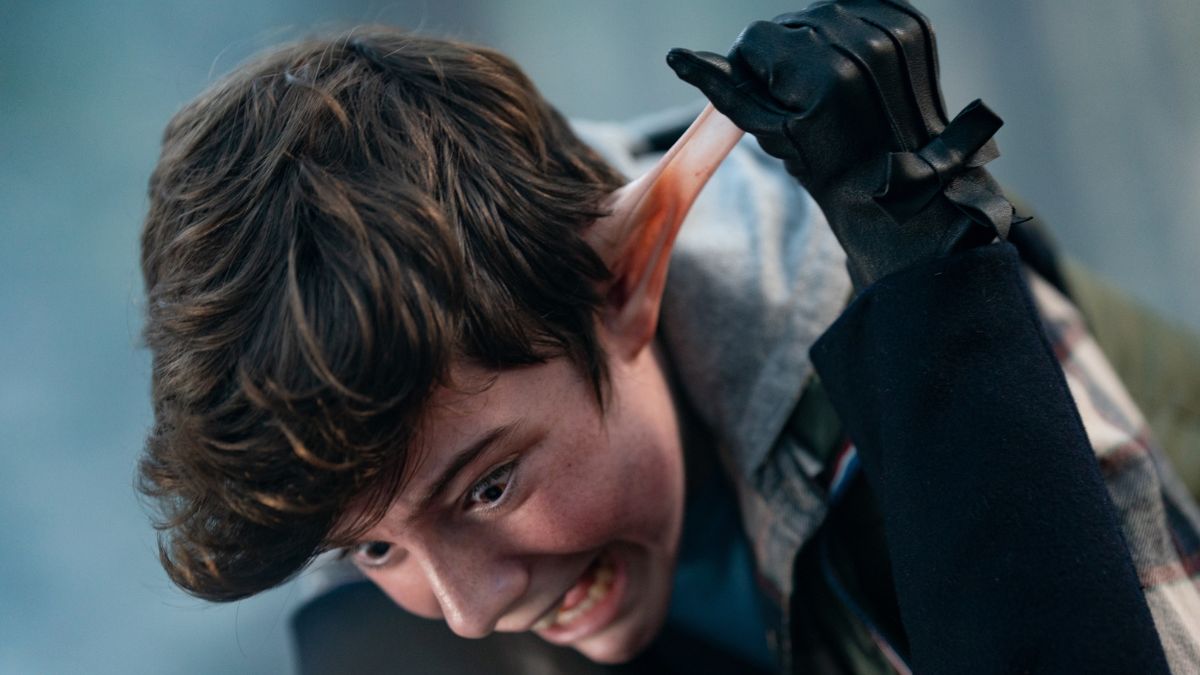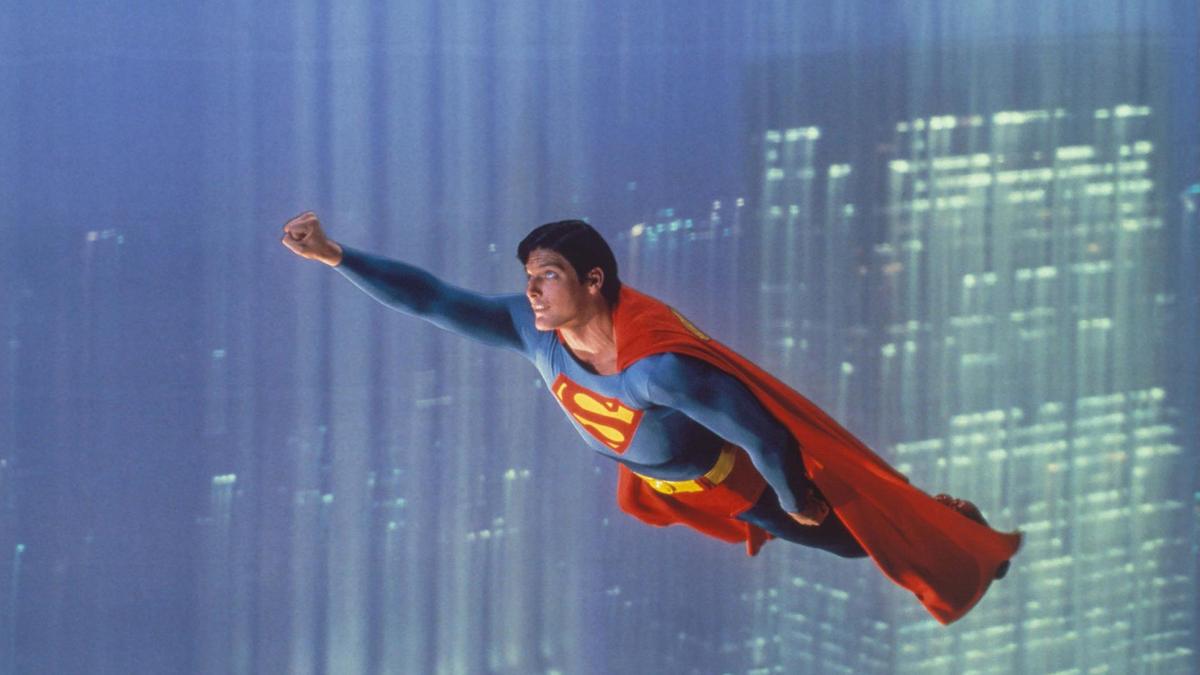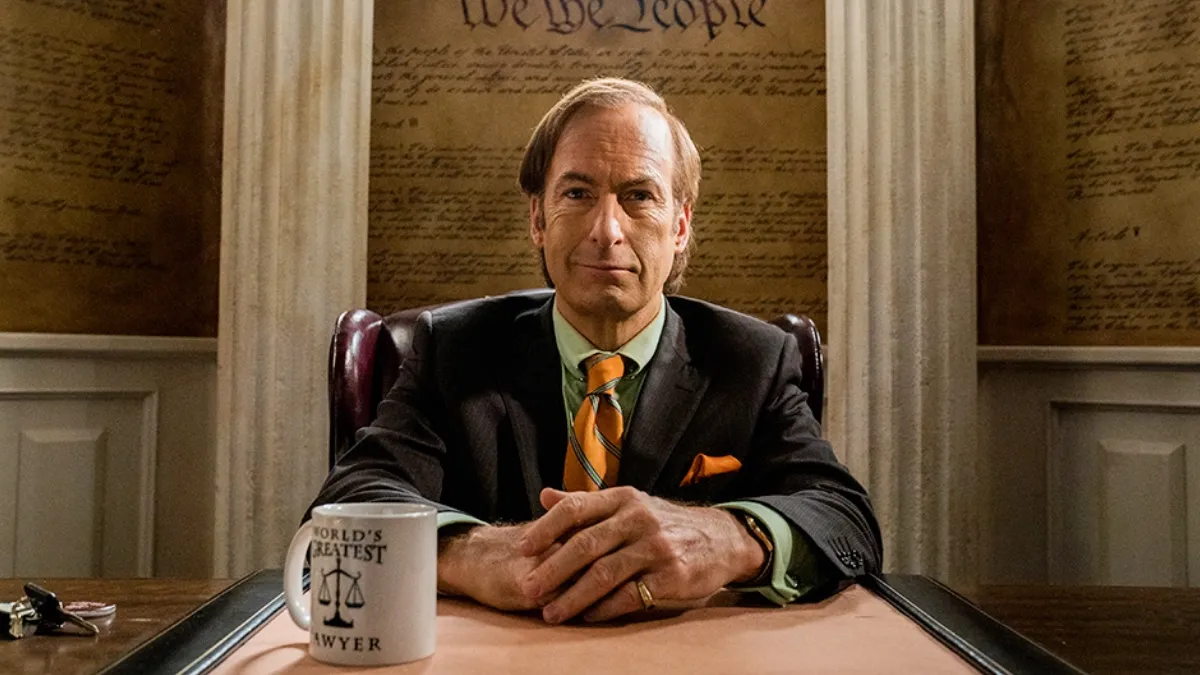
I had to actually catch my breath after the final frames of Kevin MacDonald’s latest, a gut-punch of a film called How I Live Now (trust me, that vague and unmemorable title is the worst part). As someone who has seen and admired countless war dramas, from Black Hawk Down up through The Hurt Locker, I can honestly say that How I Live Now left me more disturbed, more rattled and certainly more saddened than any of those (excellent) films.
What makes How I Live Now so much harder to bear? Perhaps it’s because MacDonald’s film is really not about war at all, not in the traditional sense; it would be more accurately described as a painful meditation on the devastating psychological toll that war can take on those people whose lives it derails.
Following Daisy (Saoirse Ronan), an American teenager staying with her cousins in the English countryside when unknown attackers turn the country into a warzone, How I Live Now runs an unusual track, exploring how a war is interpreted by those without knowledge of its geopolitical motivations or overarching progression. This narrative structure, concerned more with Daisy’s wartime journey than the war itself, drops you into the heat of the moment. You share her confusion, her fear, her rage, her misery. And largely because of this limited perspective, How I Live Now is staggeringly effective at depicting war’s horrors.
It all starts off on a cheery note, as Daisy, stormy and foul-mouthed, is thawed out of icy seclusion by her jovial English step-cousins Isaac (Tom Holland) and Piper (Harley Bird), as well as their quiet older brother Edmond (George MacKay). MacDonald has an eye for capturing wilderness, and the cousins’ rural home appears an almost Edenic retreat, lush and serene. Even Daisy, bearing scars from a rocky relationship with her father and step-family, is eventually converted. Her blossoming romance with Edmond helps.
Alas, their young love (given atypically mature and truthful treatment by the screenplay) is not to last. Euphoric scenes of making love, swimming in rivers and watching birds of prey soar through the air are soon brusquely intruded upon by the grim reality of the outside world. A nuclear bomb detonates in London, and the skies rain ash. Trigger-happy soldiers soon arrive and separate them, hurling Daisy and Piper into one truck and Edmond and Isaac into the other. That’s all it takes. Paradise lost. The second half of MacDonald’s film tracks Daisy as she attempts to escape with Piper and return to their once-perfect home. She knows that nothing will be the same, but her love for Edmond and determination to reclaim those moments of bliss propel her ever forward.
As Daisy and Piper travel through a nightmarish, war-torn England, where dangers lurk in every corner and artillery fire lands sometimes just meters away, MacDonald admirably refuses to pull his punches. Rape, massacres, gunfights with graphic violence (sometimes involving children), it’s all there and all the more devastating from Daisy’s perspective. Strong-willed to a fault, she’s an excellent, believable narrator.

None of How I Live Now would work without Ronan, and she’s truly spectacular here. When Daisy enters the film a spunky teenager, complete with blasting music and a bad attitude, Ronan lets you see her play-acting as an adult, swearing and pouting, behaving how a rough life in the States has taught her to. The actress plays Daisy’s gradual acceptance of love and laughter excellently, showing us her troubled mind with body language and vocal inflections that were integral for a script that tells so little. And when Daisy encounters war, far more horrific than she could ever have imagined, Ronan displays her inner turmoil and the sudden burden of responsibility with tremendous gravitas and dexterity. It’s quite possibly the young actress’s most impressive accomplishment to date.
As the scared stiff Piper, Bird is also fantastic, toeing the line between vulnerable and frustrating. She’s a kid, and the film treats her as such, but Bird’s performance is wise beyond her years. There’s a quality to her features that proves unforgettable in light of the film’s upsetting subject matter. In smaller roles, Holland and MacKay each have strong moments too.
MacDonald’s direction also deserves praise. Though How I Live Now is a film toplined by young actors, he’s completely unafraid to go dark. There’s no tidy, happy resolution; like actual war, his movie is messy, savage and utterly terrifying. The limited frame of the story – we know only as much as Daisy and her friends – allows MacDonald to build a lyrical, almost hypnotic tension, without even specifying who’s attacking who. Some viewers will be frustrated by this, but it serves a purpose. With limited tools, MacDonald impresses the brutality of war in all its forms, with a strong emphasis on the human cost, something often easily forgotten in more action-focused movies.
Few films have left me as emotionally shattered as How I Live Now – and that’s precisely what makes it one of the strongest YA adaptations, and one of the most effective wartime dramas, in recent memory. The cast, led by Ronan at her very best, are all more than up for the challenging material, and MacDonald’s forceful direction is enough to lend the film’s grim vision of wartorn England disturbing plausibility.

Magnolia Home Entertainment gave How I Live Now a solid home release. The 1080p visual transfer is crystal clear throughout and does much to communicate the natural beauty of MacDonald’s settings. Detail is consistently sharp, particularly when it comes to close-ups of the actors (Ronan’s bleach-blonde hair looks particularly rich in terms of detail), and the diverse color palette pops in all the right places, doing a lot to strengthen the divide between darkly textured military complexes and lush green wilderness. No complaints about the visuals whatsoever.
The standard-issue 5.1 DTS-HD Master Audio Track is also terrifically implemented. The film’s first scenes shows impressive depth of sound, with voices inside of Daisy’s head clambering over one another for supremacy in her mind, and the audio track doesn’t disappoint once the bombs start dropping and bullets start flying. The impact of the violence is only strengthened because of how realistic, forceful and dynamic the sound is throughout. Dialogue is always crisp and clear, while background sounds are expertly mixed to match the tone of whichever scene they turn up in. Jon Hopkins’ brilliant, atmospheric score is front and center on the audio track, making How I Live Now a surprisingly immersive experience for all the senses.
In terms of a Magnolia release, How I Live Now has a surprisingly large array of special features, including:
- Interviews (Cast, Director, Producers and Author)
- Behind the Scenes Comparisons
- Deleted Scenes
- Making of How I Live Now
- AXS TV: A Look at How I Live Now
- Trailer
Immediately, you can toss out the AXS TV spot. As always, it’s total fluff and feels like a time-waster, including only a few small bits of commentary and a lot of footage from the film. Regrettably, the Making Of featurette is very much the same. Running just around five minutes, it focuses on showing footage from the film, giving short shrift to any of the cast members or behind-the-scenes people who show up to toss in their two cents.
“Behind the Scenes Comparisons” was an interesting idea for an extra, but I can’t say I’m too pleased with the scenes they chose to dissect. We get extended looks at four scenes all in the first half of the film, before Daisy’s dangerous journey through the lawless wildlands of future England really begin. I would have loved to see how the filmmakers went at some of the film’s heart-pounding action sequences, but none of the scenes they feature in this section are particularly interesting.
The deleted scenes do a little to deepen Daisy’s relationship with Edmond. Aside from that, there’s a superfluous scene in which Daisy interacts with a strict major (Des McAleer) and a quaint but likeable sequence in which Daisy and Piper stumble across a dilapidated church. None of the scenes add much to the film as a whole, so the only reason a viewer might want to check out the deleted scenes is if they are just desperate to see more scenes between Ronan and MacKay. Otherwise, feel free to pass this one by.
Running almost an hour when watched together, the interviews are by far the best offering on the disc, giving viewers a chance to hear from almost everyone involved with the film. MacDonald addresses the film’s setting, its somewhat magical elements and the challenge of adapting a popular novel. He also digs into what makes Daisy tick. Ronan is extremely eloquent during her interview, discussing the challenges of playing a character as deeply layered as Daisy, while the younger actors in the cast are remarkably eloquent in articulating their characters’ purposes in the overall narrative. Rosoff, of course, as the author of the book on which How I Live Now is based, has an interesting perspective to offer, and the film’s producers are able to provide some insightful comments. It’s an embarrassment of riches for those interested in hearing about the film from the people who crafted it,
The Blu-Ray for How I Live Now boasts atypically strong audio and visual components, as well as enough extras to satisfy most viewers. Absolutely see this film in the highest possible quality, because MacDonald’s knack for evocative visuals is an integral part of How I Live Now. As a whole, the movie is devastating, thrilling and extremely well-acted, making for one of the most gut-wrenching viewing experiences I’ve had in quite a while. Don’t pass this one up – it’s one of the best YA adaptations, and most potent films about war, that I’ve ever seen.






